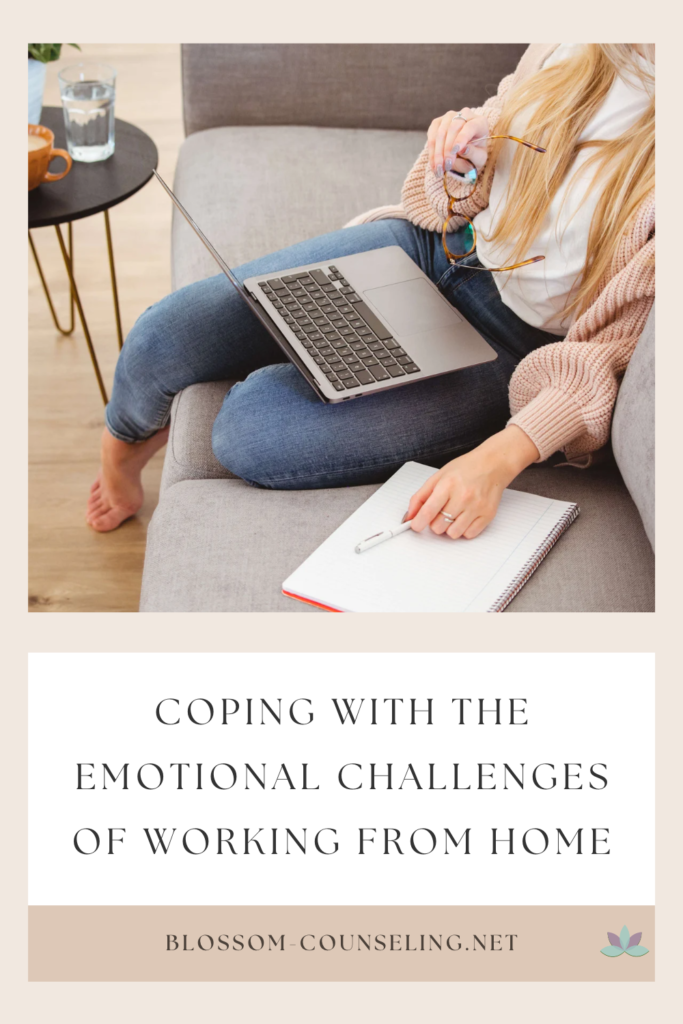Standing up for yourself – it sounds like something we should all be naturally good at, right? After all, who else knows your thoughts, feelings, and boundaries better than you do? Yet, for many of us, the thought of asserting ourselves can feel as comfortable as wearing a sweater that’s two sizes too small. Why? Because often, standing up for ourselves is tangled up with fears of confrontation, being misunderstood, or worse, being labeled as ‘difficult.’ But here’s the thing: asserting yourself doesn’t have to be a showdown at high noon. Let’s talk about how you can stand up for yourself while keeping your cool and your connections.
Understanding Assertiveness
Assertiveness is like that sweet spot between passive and aggressive. It’s the Goldilocks of communication – just right. When you’re assertive, you respect your own rights and feelings as well as those of others. It’s not about winning an argument; it’s about expressing your needs and opinions confidently and calmly.
Why It’s Hard to Be Assertive
Many of us grew up believing that being nice meant keeping the peace at all costs. The idea of asserting ourselves can feel foreign or selfish. Or perhaps, in past attempts, our words came out wrong, and we ended up feeling misunderstood. It’s like trying to hit a piñata blindfolded – you know what you want to do, but you can’t seem to hit the mark.
The Power of “I” Statements
A game-changer in assertive communication is the use of “I” statements. Instead of saying, “You never listen to me,” try, “I feel unheard when my ideas aren’t considered.” This small tweak shifts the focus from blaming to expressing your feelings. It’s less about pointing fingers and more about opening up a dialogue.
Listen to Understand, Not to Respond
Ever been in a conversation where you’re just waiting for the other person to finish so you can have your say? We’ve all been there. But assertive communication is a two-way street. It’s not just about getting your point across; it’s about understanding the other person too. This doesn’t mean you have to agree with them, but by showing that you value their perspective, you’re laying the groundwork for mutual respect.
Practice Makes Perfect
Like any skill, assertiveness gets better with practice. Start small – perhaps with a friend or family member. And remember, it’s okay to prepare beforehand. Sometimes, jotting down key points can help clarify your thoughts and feelings. Think of it like a rehearsal for a play where you’re the scriptwriter and the star.
What If Things Get Heated?
Even with the best intentions, conversations can get heated. If you feel the temperature rising, it’s okay to take a timeout. A simple, “I need a moment to think about this,” can give you and the other person a chance to cool off and collect your thoughts.
Standing Up for Yourself is Self-Care
Remember, standing up for yourself is a form of self-care. It’s about honoring your feelings and needs. It’s not selfish; it’s self-respect. And guess what? The more you practice it, the more you’ll find that it doesn’t push people away – it actually helps build healthier, more honest relationships.
Wrapping It Up
So there you have it – standing up for yourself isn’t about being confrontational; it’s about being clear, calm, and confident in expressing your needs and boundaries. It’s about finding that balance where your voice is heard, and your relationships are respected. And isn’t that a balance we all strive for?
Asserting yourself is a skill – and like any skill, it takes time to develop. But every step you take is a step towards a more authentic, empowered you. And in the grand theater of life, isn’t that the kind of role we all want to play?




